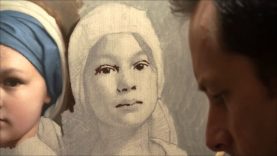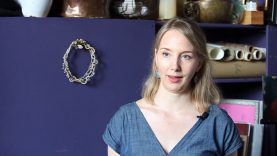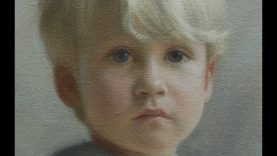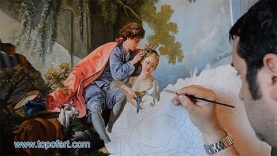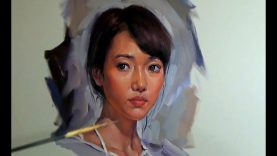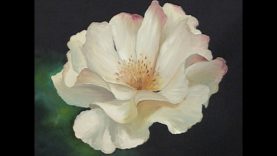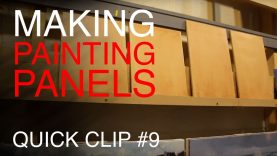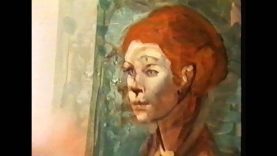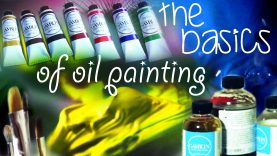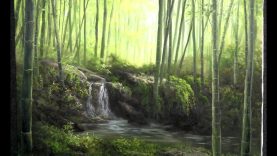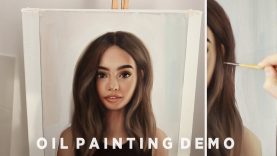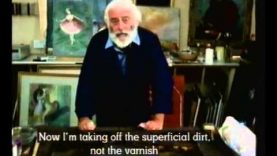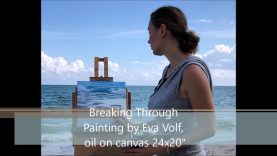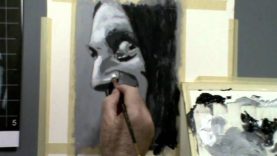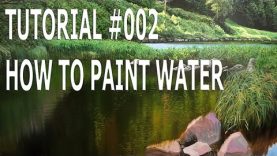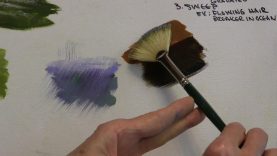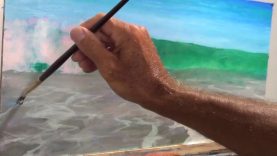Qualities of good realism – Oil Painting Q&A – Mark Carder
Mark Carder: If you have a question for me, post it in the comments below. I’ll answer as many as I can on next Thursday’s episode. Here are links to each question answered in this video:
00:33 — a lesson on the four essential qualities in good realism
08:15 — Could you go into detail about what makes a strong composition?
11:26 — Is it possible to mix Naples Yellow with the Geneva palette?
12:45 — When doing master studies, how can you consciously learn something instead of just mindlessly copying?
15:23 — How do you set prices for artwork? What do you think about galleries getting 50%?
17:11 — Do you have any tips for using Geneva paints outdoors for plein air painting?
17:37 — How does using walnut oil as a medium affect paint?
19:51 — How do you paint with a dirty brush (not fully cleaning your brush while moving around the painting)?
22:01 — Could you explain the technique of mixing a yellow other highly saturated color?
23:56 — When working in three or more layers, should I thin the first layer with solvent?
25:04 — Do you always mix your own black? What is the burnt umber to ultramarine blue ratio in your Geneva Black?
26:58 — How do I proceed when a painted object in my unfinished painting has dried? When can I re-oil areas of the unfinished painting that have become matte?
28:28 — Will you be offering a video or workshop teaching us how to paint horses?
28:59 — Regarding the fat-over-lean rule, do your Geneva oil colors contain more oil, less oil, or about the same amount of oil as standard tube paint?
29:52 — When you talk about having a dark cloth hanging behind you in your studio, do you mean behind your easel, or do you mean a dark backdrop behind your back?



